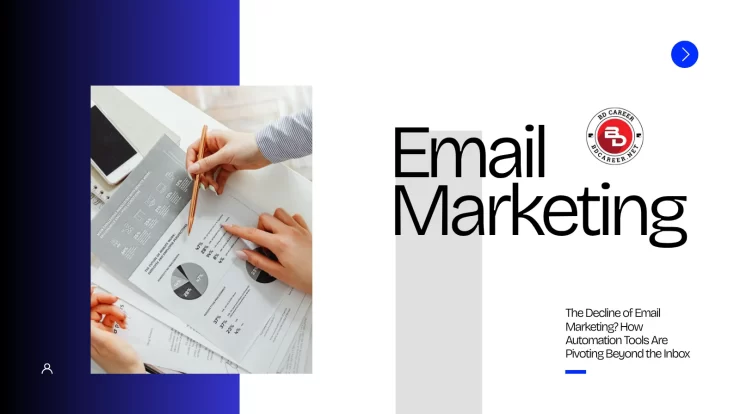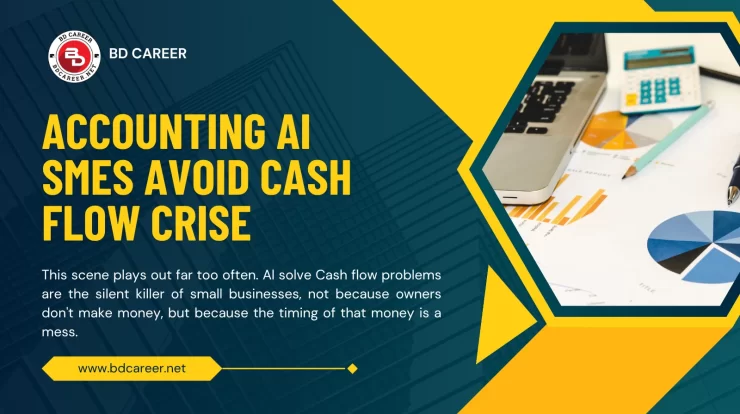
Cybersecurity is more than simply an IT issue in 2025. It’s a commercial necessity. Cybercriminals are getting smarter, and organizations are at risk every day from things like ransomware assaults and AI-enhanced phishing tactics. Network security software is going through a revolution because the stakes have never been higher. It’s getting quicker, smarter, and more connected than ever.
Contents
- The Growing Cybersecurity Crisis
- Getting to Know the Modern Threat Landscape
- Main Parts of Modern Network Security Solutions
- The Best Network Security Software in 2025
- Tools for Specific Purposes: Dealing with Specific Threats
- Trends that will affect the future of network security
- Problems that businesses face when they want to use security tools
- Conclusion
The Growing Cybersecurity Crisis
No business, big or small, is safe from the increase in cyberattacks. Ransomware has turned into a billion-dollar black market industry, and phishing campaigns increasingly use generative AI to perfectly mimic executives. Attackers take advantage of zero-day vulnerabilities within hours of finding them, and hybrid work environments have made attack surfaces much larger.
Old-fashioned security models based on the perimeter don’t work anymore. Network security software has had to change quickly to keep up with this dangerous digital world.
Getting to Know the Modern Threat Landscape
In 2025, businesses face risks that are not only more common but also harder to deal with.
- Ransomware increasingly goes after hospitals, important infrastructure, and even whole cities. Attackers encrypt networks and ask for cryptocurrency payments, usually after stealing important data without anybody knowing.
- AI-generated language and fake sender domains have made phishing attempts so good that they are almost impossible to tell apart from real emails.
- Attackers have the upper hand with zero-day exploits until software companies can release fixes.
- Advanced Persistent Threats (APTs) can hide for weeks, gathering information and putting whole networks at risk.
- Cloud migrations and remote work have gotten rid of the physical barriers that used to keep threats apart. This means that new ways of segmenting networks and keeping an eye on endpoints are needed.

Main Parts of Modern Network Security Solutions
The newest generation of security technologies needs to do more than just find threats. They need to predict, isolate, and get rid of them in real time. Some of the most important features are:
- Detecting threats in real time: Software now employs behavioural analytics and anomaly detection to find unusual activity as it happens.
- AI and machine learning: These technologies let platforms change to new threats on the fly, instead of just relying on signature-based detection.
- Automated incident response: Systems like SOAR (Security Orchestration, Automation, and Response) use pre-set protocols to quickly contain breaches.
- Encryption and Zero Trust Architecture: By default, every person and device is seen as untrustworthy, which cuts down on internal risks.
This change in features has made it possible for a number of new, cutting-edge tools to come out.
The Best Network Security Software in 2025
Enterprise cybersecurity is currently based on a number of specialized and all-encompassing solutions. Take a look at some of the most powerful platforms that are in use right now:
Falcon by CrowdStrike
This cloud-native endpoint protection technology is great at finding and responding to threats. It employs AI to find and stop breaches on all endpoints and gives you real-time information from a global threat graph.
Cortex XDR from Palo Alto Networks
Cortex XDR combines data from endpoints, networks, and the cloud to find threats on all parts of the attack surface. Analysts can respond faster and more precisely thanks to built-in automation.
Fortinet FortiGate
FortiGate is a leader in next-generation firewalls. It has deep packet inspection, SSL decryption, and built-in SD-WAN features. It is a key part of organizations that need to see and control network traffic in detail.
SentinelOne
An AI-driven platform that works on its own to find threats and roll back infected systems to their pre-attack condition. This is great for getting rid of ransomware outbreaks.
Darktrace
Darktrace is well-known for its usage of “cyber AI.” It operates like the human immune system to find strange behaviour in networks. It can respond on its own within seconds after finding something strange.
Microsoft Defender for Endpoints
This tool is part of Microsoft’s security ecosystem. It uses the cloud to find threats, reduce the attack surface, and work with all Microsoft 365 services without any problems. More and more businesses that use hybrid cloud infrastructures are choosing it.

Tools for Specific Purposes: Dealing with Specific Threats
Organizations are using both general-purpose platforms and specialty solutions to fight off certain types of attacks:
Tools to Fight Ransomware: Acronis Cyber Protect and other platforms keep your data safe by backing it up and keeping it away from places that might be contaminated.
Anti-Phishing Suites: Proofpoint and Mimecast work to protect email by finding suspicious patterns, blocking harmful links, and teaching users through fake attacks.
Threat Intelligence Platforms: Splunk and IBM QRadar work with SIEM systems to gather, analyze, and link huge amounts of security data in real time.
These specialized tools are usually used with larger XDR or EDR platforms to cover everything.
Trends that will affect the future of network security
Several important trends are speeding up the growth of network security:
1. The rise of XDR platforms
Extended Detection and Response (XDR) technologies are bringing together security for endpoints, networks, email, and the cloud into one solution. This integration makes threats easier to see and speeds up response times by a lot.
2. AI and automation
There is always strain on security teams. AI is not only used to find dangers, but also to look into and fix problems on its own, which cuts down on the amount of labour people have to do and the time it takes to respond.
3. Data Sovereignty and Compliance
Businesses need to make sure that their security technologies follow the law, especially when they send data across borders. This is because of rules like GDPR, HIPAA, and emerging data protection acts around the world.
4. Cybersecurity Mesh Architecture
This modular method lets businesses create security solutions that are adaptable and can grow with their needs. This is essential for settings with both hybrid and multi-cloud systems.

Problems that businesses face when they want to use security tools
Network security software is getting better quickly, yet businesses still have to deal with a lot of problems:
- Alert Fatigue: When there are too many false positives, IT workers can get overwhelmed and miss real dangers.
- Budget Issues: Advanced security solutions can be costly, and many small firms can’t afford full protection.
- Skill Gaps: There aren’t enough cybersecurity experts throughout the world who can set up and keep these complicated systems running.
- System Integration: A lot of businesses still use old systems that might not work with new security platforms. This means they need to make custom connectors or do upgrades in stages.
A strategy is needed to get around these problems. This means finding a balance between spending on technology, educating workers, making internal policies, and getting help from outside sources.
Conclusion
In 2025, the digital battlefield needs more than just firewalls and antivirus software. Businesses today need to use a layered, flexible approach to security that uses AI, automation, and real-time visibility to stay one step ahead of threats that are always changing.
Network security software is no longer only reactive. It is becoming predictive, self-sufficient, and deeply embedded in every digital layer of a business. Even if there are still problems, the technologies that are now available give businesses the ability to protect themselves quickly and smartly in ways that were formerly believed to be unthinkable. It’s not only smart, but also essential, to buy the correct network security stack. It’s necessary in a world where one breach can ruin reputations, lose customer trust, and cost millions.





